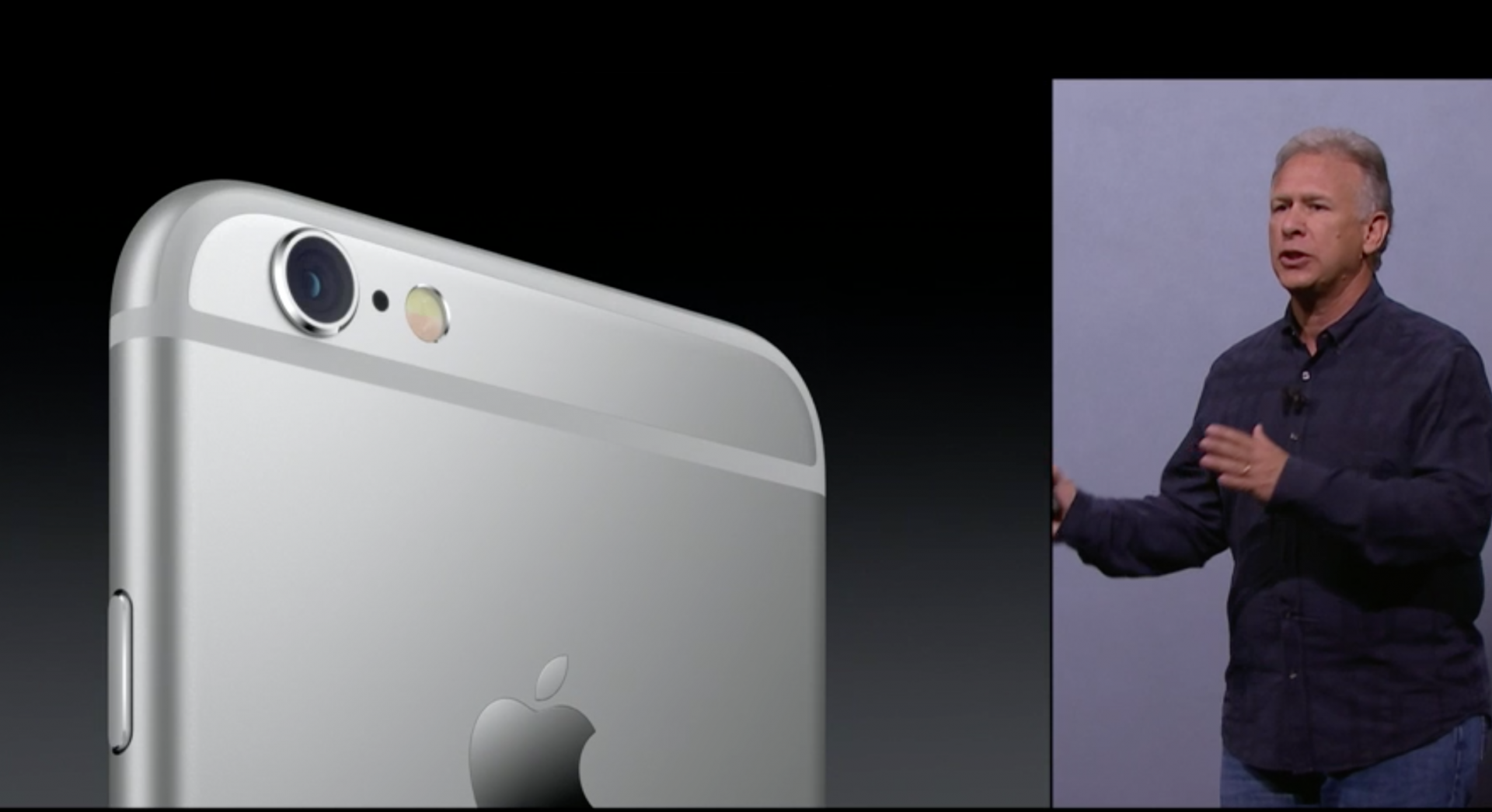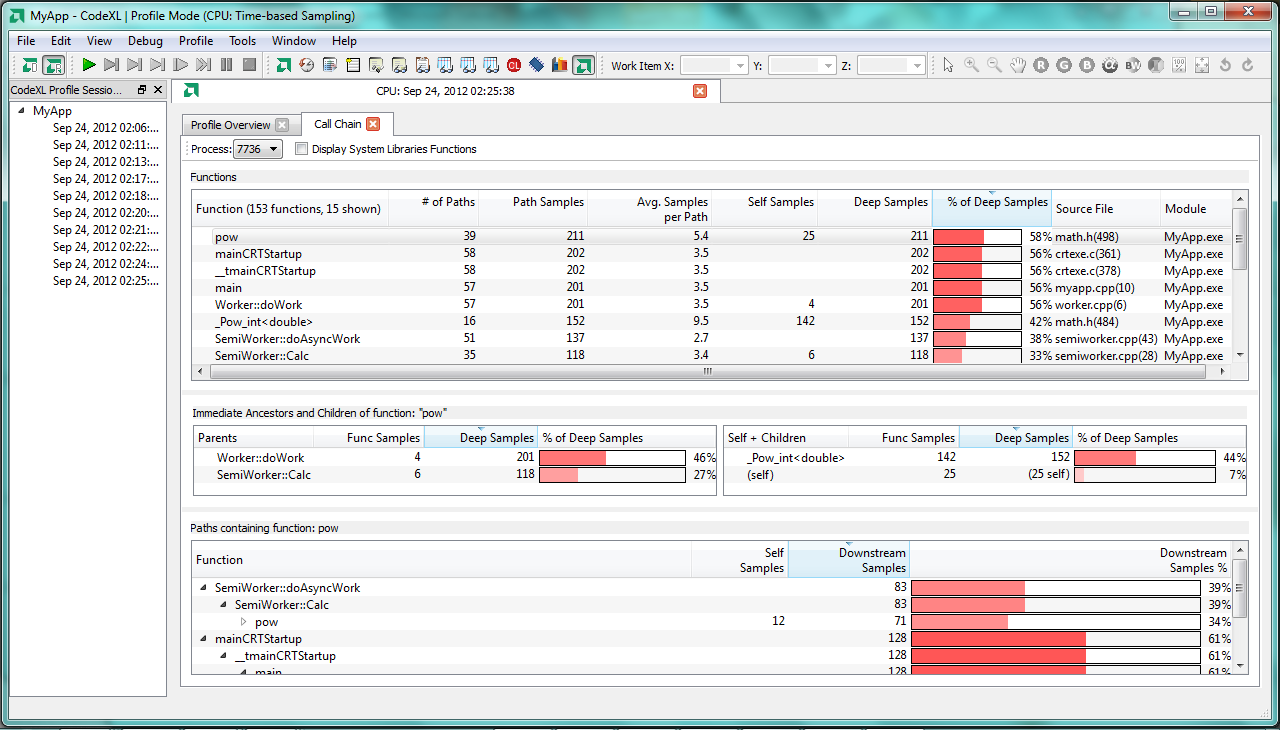An interesting thing has been happening to iPads over the last year: They increasingly have been finding their way to shelves, where they are collecting dust. In many cases they were replaced by MacBook Air laptops, and folks still bought the newest one, but interest in the class has been quietly waning in favor of something more powerful.
Intel was the first to really grasp this trend and came up with the Ultrabook form factor. Regardless of whether it was a MacBook or a Windows-flavored Ultrabook (MacBook Airs are basically early Ultrabooks), this forced an ugly choice. You could have touch (in an iPad) and 10 hours of battery life, or you could have a full notebook experience, and it looked like users wanted both.
Well, this year we’ll get the crossover/hybrid notebook/tablet computer, and it may be enough to kill off both traditional notebooks and tablets. Here is why.
Crossover/hybrid
There are currently two types of crossover/hybrid (let’s just save my fingers and call them hybrids from now on) notebook computers. The first, as demonstrated by the new Lenovo X1 Hybrid, has both an x86 and an ARM processor to give it laptop-like features, or (and this is mutually exclusive) tablet-like battery life in excess of 10 hours. This gives you a single product that provides much of what folks want in both a tablet and a laptop if they, like most, generally use their tablets for content consumption.
The other kind of hybrid was best represented by the Asus Transformer and Transformer Prime, a product that could morph from laptop to tablet. However, the Transformer was more of a tablet/netbook, and since netbooks hadn’t been successful, the Asus didn’t do that well. The coming generation will run Windows 8, which should provide that tablet/notebook experience consumers tended to prefer, and it is this configuration that could be more compelling.
There is, however, a third choice, which combines the first two. Given that Windows 8 has an ARM and an x86 version, there could be a hybrid that combines both concepts, yet still provides a common user interface and can move between modes more seamlessly. In this case, the product in tablet mode would be ARM-based and limited to the Metro interface, while in laptop mode it would be a fully capable laptop. Office versions will exist in both forms, and the user could even get closer to the best of both worlds in a single product.
AMD opportunity
AMD has recently been sending signals that it will look to ARM for its highly mobile efforts. Currently, x86 vendors (AMD, Intel and VIA) don’t dabble in ARM, and ARM vendors (NVIDIA, Qualcomm, Freescale, Marvell, etc.) don’t dabble in x86 processors. But one vendor that developed competencies in both, like AMD, might be able to provide a better bridge between environments than one specialized in either. This is because ARM can’t run Windows legacy code, and as it pushes up in performance, it loses its battery life advantage, and Intel typically has to use unique lower-power processors or throttle down its processors to meet battery life requirements.
Hybrid cars have two engines: The electric engine is focused on economy, and the gas engine is focused on performance. Increasingly, both work in concert and use a common control structure, but you can imagine a future engine that could combine the key elements of both. This could be the path that AMD is on, and then you can add a third processor, the GPU, which AMD already is integrating in its GPU effort. Its Fusion effort not only showcases that AMD could do this, but could do it across all three platforms, creating a very unique part with common graphics that would self-configure for each mode.
In the end, I think we are looking at the collision of tablets and laptops, with the end result being a much smaller standalone tablet opportunity likely focused on low-cost products like the Kindle Fire. High-cost offerings like the iPad will likely be replaced by hybrids, which will probably eventually consume Ultrabooks as the two product concepts become one. Apple will likely fight this since it will want to preserve both its MacBook and tablet lines, while PC vendors who have largely been unsuccessful with tablets and users who really don’t want to carry an extra-large product will embrace the change.
This provides an opportunity for a disruptive vendor, and the best positioned for that disruption—if it adopts ARM as rumored—is AMD. This could be a very interesting couple of years for all the players and for those of us buying personal computing technology.
Rob Enderle is a principal analyst at the Enderle Group.






